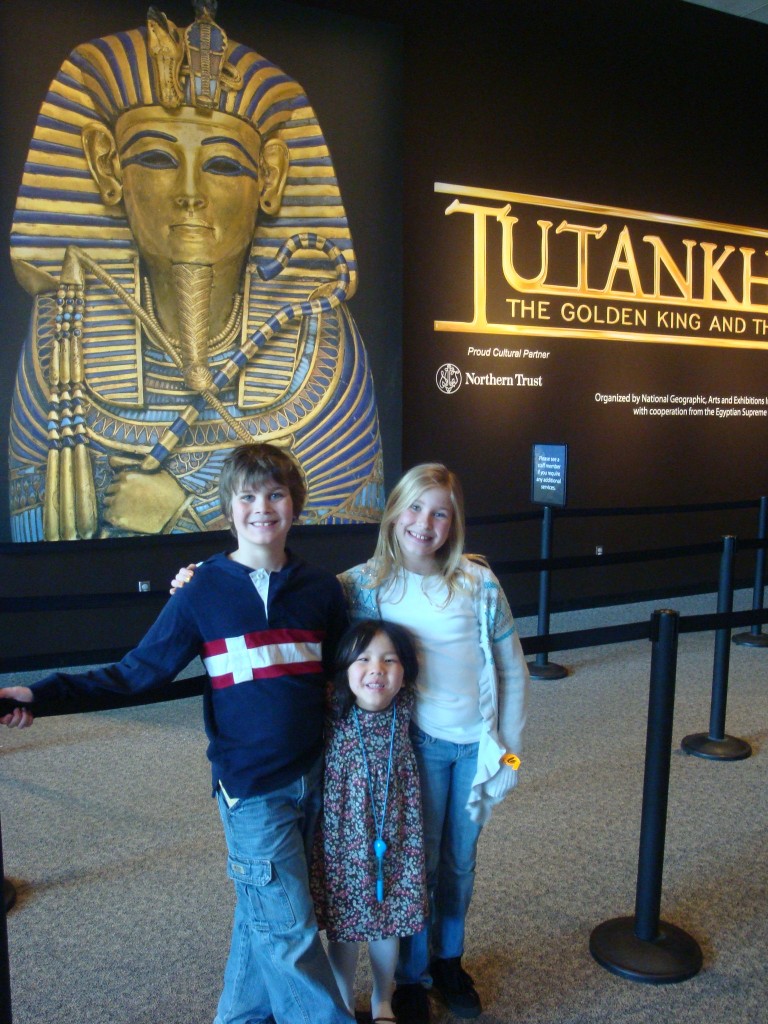
{Seen on Ohdeedoh via Say Yes to Hoboken}
I love this attic space that was converted into a girl’s room. We have a bonus room over the garage that has sloped ceilings like this and it presents a bit of a design challenge. All we’ve done so far is paint the room and put some carpet down, but this has me thinking about ways to make the space more interesting. We use it as a playroom, so half the room is American Girl dolls and the other half is Legos, trains, and Transformers. I’m inspired knowing that the parents who created this room found the majority of their building materials and supplies at the Habitat for Humanity ReStore. I’m liking the sky blue paint color, too.
- Check out this birthday party in a box.
- Suzonne at Urban Comfort put together these sunny images for those of us still buried under snow. Thank you! (I’ve been crazy about lemons ever since my first pregnancy. No idea why.)
- Have you seen the latest online issue of Matchbook magazine?
- Some cute ideas for Easter.
- We have a weekend trip to D.C. to visit family and friends coming up. Wondering if Georgetown Cupcake would be worth a visit.
- Imagine a cooking class at a restored convent in Louviers.
- So true.
- Day 89 of the 100 Push-Ups Challenge.






